What is peronosporosis and how is it treated?

There are many serious diseases affecting horticultural crops. Peronosporosis poses a great danger to plants. In this article, we will look at how you can treat this ailment.
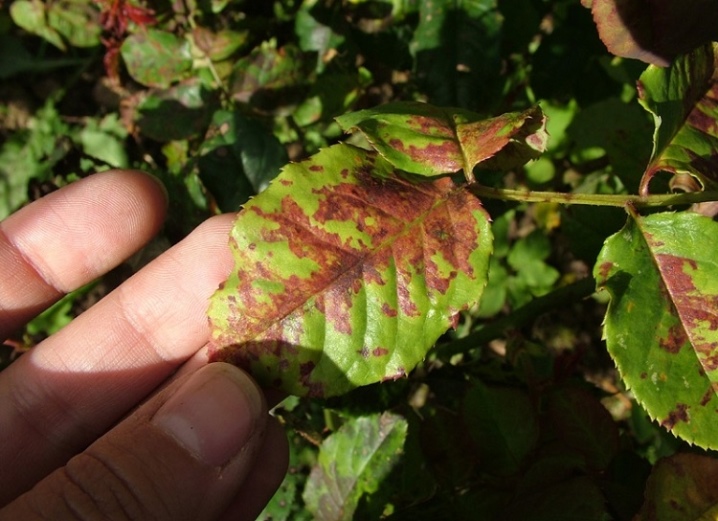
Description and reasons for the appearance
Among the large number of dangerous diseases affecting plants, one of the most serious is peronosporosis. This disease is also called downy mildew. Many summer residents have already faced a similar problem affecting crops planted in the beds.
The disease is serious. It can cause great harm to the plants planted in the area. Downy mildew is best noticed in time so that you can start treating it as soon as possible. Despite the fact that the disease is very dangerous, it can and should be treated. The main thing is not to waste time in vain, and not to postpone wellness activities until later.
A whole group of plant diseases is called peronosporosis. Ailments are caused by special pseudo-fungi belonging to the class of oomycetes. Different types of parasitic fungi are distinguished by a narrow specialization in relation to host plants.
Downy mildew is most often seen on grapes. This culture is most susceptible to the disease in question.
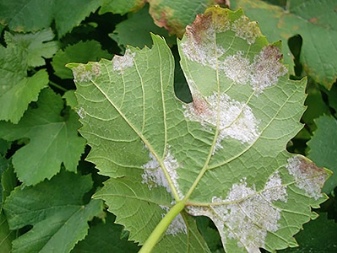
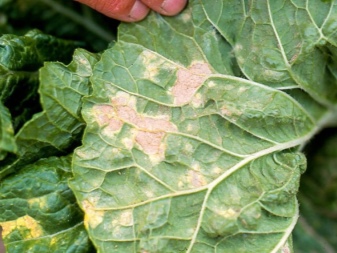
Often, peronosporosis actively affects precisely the terrestrial components of plants. Usually, the manifestations of this serious ailment are immediately visible on the leaves, but there are cases when the fungal disease quickly attacks the stems, and after them the flowers. It should be borne in mind that peronosporosis can affect plants that grow not only in open ground, but also in greenhouses.
Dangerous pathogens can remain in the form of oospores directly in plant tissues, namely, in their roots, leaves or stems. Even when all the components of diseased crops rot, oospores can remain in the ground for another 7 years. The disease is quite serious. It spreads easily and quickly, affecting more and more new plants.
It is better to start the fight against peronosporosis as early as possible in order to neutralize it as soon as possible.
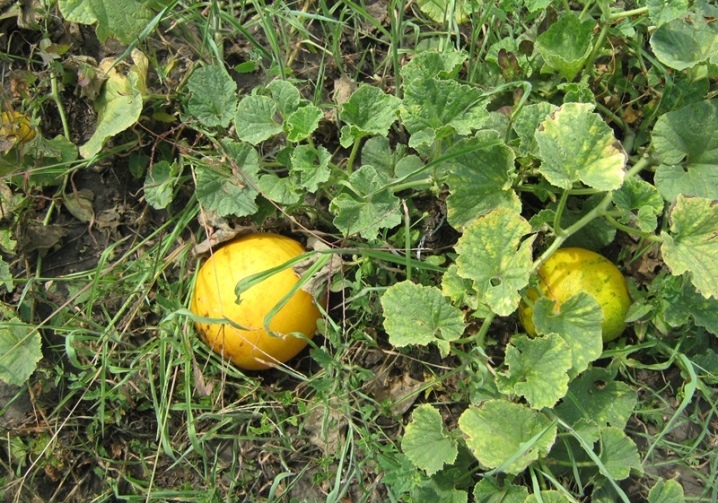
The following factors can serve as the main reasons for the appearance of peronosporosis:
-
high humidity;
-
too frequent rains;
-
watering with too cold water;
-
growing plants such as tomatoes in a greenhouse;
-
frequent fogs;
-
too closely planted plants;
-
abundance of dew;
-
poor ventilation in the greenhouse;
-
excessive condensation on the walls in the greenhouse.
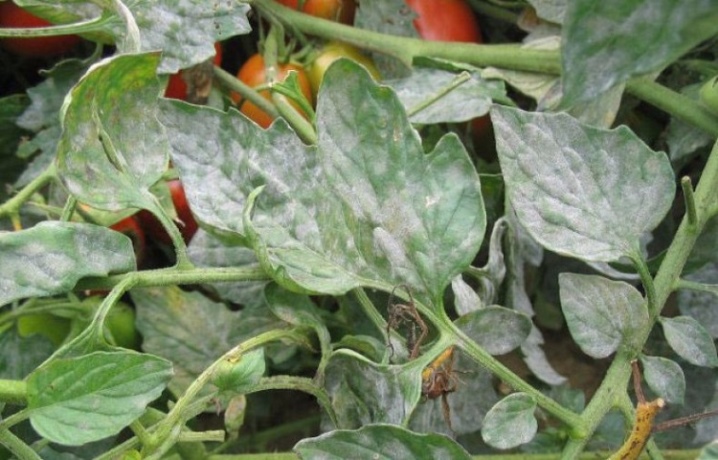
Which culture is striking?
Downy mildew is a dangerous disease that can affect a wide variety of crops. Consider a list of plants and flowers that are susceptible to attacks from this fungal disease.
-
The disease can harm ornamental flower plants. These include marigolds, roses, hydrangeas, viola, carnation, anemone and many others.
-
Peronosporosis is especially damaging to grapes and watermelons.
-
The disease is very dangerous for melons, peas, garlic, tomatoes, pumpkins, cucumbers, rapeseed, beets, radishes, lettuce, spinach, and potatoes.
-
Peronosporosis is no less dangerous for wheat, eggplant, zucchini, soybeans, sunflower. Even hops can be affected by this disease.
The list of plants susceptible to destruction from the action of peronospora is impressive.
That is why this disease is very common.Many gardeners are familiar with him firsthand.
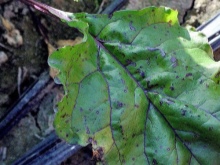
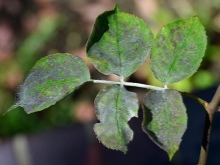

Signs of damage
If you notice in a timely manner that the plants suffer from downy mildew, you can immediately resort to the necessary medical procedures. This is the only way to save the cultivated crops from inevitable death.
In order to detect peronosporosis in time, you need to know exactly how it manifests itself on plants.
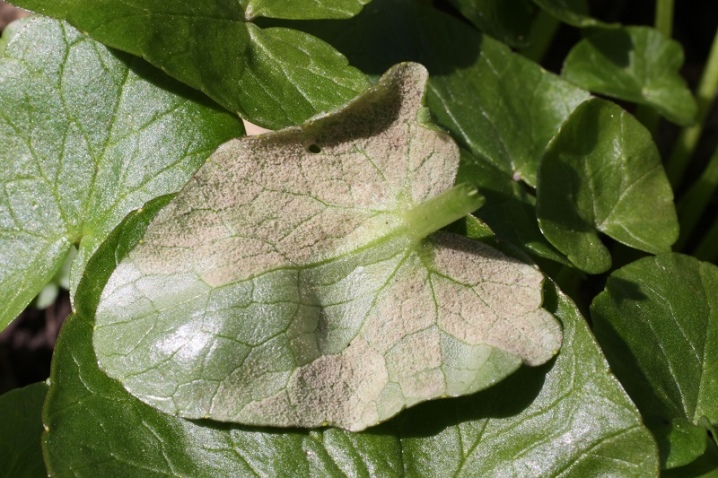
Consider the main symptoms of the appearance of this dangerous fungal disease.
-
On the upper part of the leaf plates of plants, well-noticeable shapeless (sometimes angular) specks are formed. They can be pale yellow, yellow-brown, red-brown, purple. Sometimes the spots have no color at all. Gradually, their color becomes brown, and they themselves will certainly dry out. Often, spots on the foliage have a barely noticeable edging. With growth, these signs of the disease can merge into one large spot.
-
Together with the spots appearing on the top of the leaves, characteristic “islets” with a whitish powdery coating are formed in the lower part of them. These elements consist of the sporulation of pathogens. On some plants, these spots are gray or gray-violet, or may be absent altogether.
-
On old and large leaf blades, fabrics often become faded or too soft. The shade of the affected area does not change its color for a long time.
-
Leaves that have been affected by peronosporosis are often shriveled, and can acquire an unhealthy corrugated shape. In some cases, the foliage even curls up into small tubes. Then these parts of the plants dry out quickly and fall off. Shoots also become covered with noticeable spots, become crooked, dry. Deep cracks often appear on them.
-
The buds, which had time to hit the fungal disease, begin to crumble. First of all, they cannot fully open, or they form deformed ugly flowers.
-
If a rose has undergone a disease, then the outer petals of its buds may well acquire an unhealthy black color.

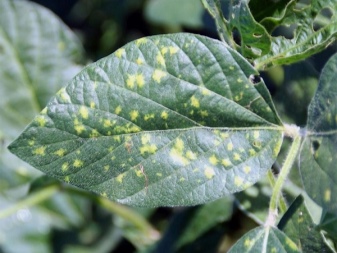
Ways to fight
As mentioned above, downy mildew is one of the most serious diseases that can cause very large damage to the crop. If you do not take the necessary measures in time, you can lose enough crops planted on the site. There are 3 main methods of dealing with this ailment. Let's consider in more detail the features of each of them.
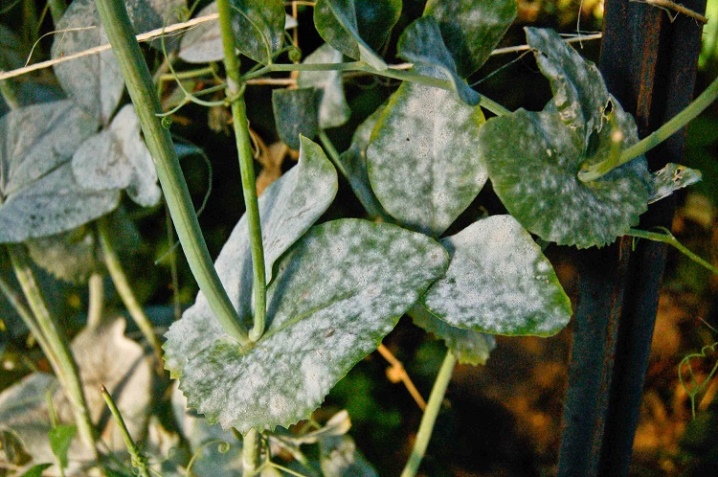
Preventive
Even with the most serious illnesses, it will be useful to take preventive measures in advance. We will find out exactly what measures are in question, if the plants need to be protected from peronosporosis.
-
It is advisable to initially plant on your site such plant varieties that are maximally resistant to the corresponding pathogen.
-
It is very important to always adhere to the necessary sanitary standards. We are talking about washing hands, handling all agricultural equipment and tools. This can save plants from future attacks by pathogens.
-
All plant debris should always be removed. This must be done in a timely manner. This preventive measure should not be neglected in any case.
-
If the cultivation of plants takes place in a greenhouse, then it is very important to maintain an optimal microclimate.
-
Plants definitely need sufficient spatial isolation if they grow in open field conditions. Sowing should be carried out at a certain distance from each other.
-
It is necessary to observe crop rotation with a three-year interval between plantings of certain crops that have good immunity.
-
Drier areas should be selected for sowing.
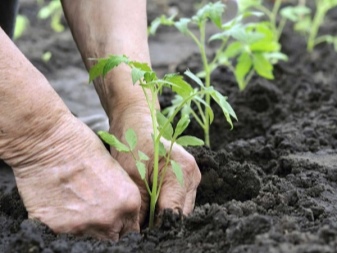

Chemical
Treatment of peronosporosis can be carried out using various kinds of chemicals. This refers to effective drugs and fungicides. With their help, planted crops can be saved from a dangerous disease.
Consider a list of the best drugs and remedies with which you can effectively combat downy mildew:
-
Fungaflesh;
-
Veritas;
-
"Alett";
-
"Rovral";
-
"Phenomenal".
Plants must be treated with these compounds strictly according to the instructions.
Before use, you must carefully read the instructions for use in order not to cause more harm than good to the crops grown.
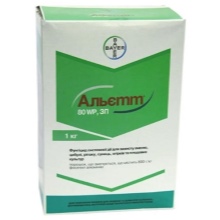
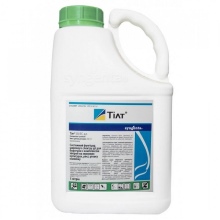
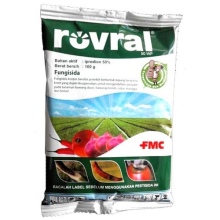
Biological
Against downy mildew, you can use not only chemical, but also high quality biological preparations. So, for pre-sowing soaking of seed, you can use the following popular means:
-
Alirin-B;
-
"Gamair";
-
Fitosporin.
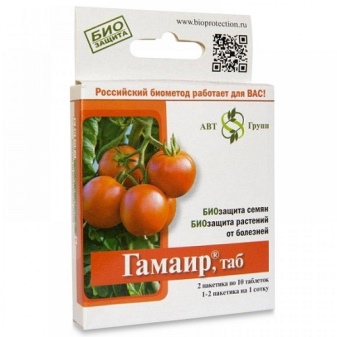
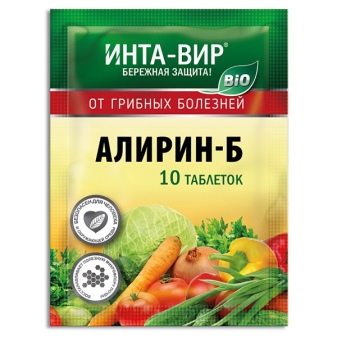
And also plants can be sprayed with medicinal biological compounds during their growing season. For these purposes, the following drugs are ideal:
-
Vitaplan;
-
"Gamair";
-
Fitosporin-M.
There are many other safe remedies with which it is possible to cure plants from downy mildew. For example, compositions in which copper sulfate is present show very high efficiency.
It is recommended to buy any drugs only in specialized garden stores.
Only here a summer resident can buy a high-quality and effective composition in a package, which will contain instructions for use.
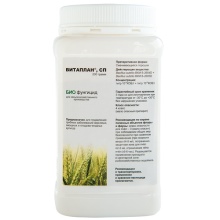
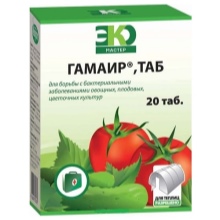
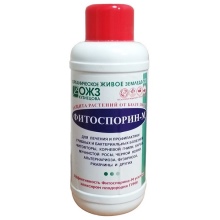
Prevention measures
Despite the fact that peronosporosis can be cured with the use of highly effective agents, it is still better not to allow the activation of this disease at all. It is much easier to prevent a fungal disease than to cure it when it already makes itself felt. To protect plants from attacks of downy mildew, it is advisable to turn to preventive measures.

-
The main condition that gardeners must comply with is the timely destruction of all plant residues after harvest. It is best not just to throw away all the litter, but to completely burn it. These preventive procedures should not be neglected.
-
Without fail, you will need to dig (loosen), and then disinfect the soil in your area. Disinfection will be effective if you use powerful fungicides. When it comes to greenhouse conditions, then here you can completely replace the entire top soil layer.
-
If we are talking about open ground, then it is advisable to change the planting sites annually.
-
Immediately before planting, seeds must be properly processed with specialized means and formulations.
-
It is recommended to etch (disinfect) the soil as a preventive measure. This should be done before or after planting the seed.
-
It is recommended to plant hybrid varieties that are fairly resistant to downy mildew attacks.
-
It is important to remember that an excess of solar radiation contributes to the onset and rapid spread of the disease in question. For this reason, in the open field, it is best to select places for beds in light partial shade. And you can also grow plants under spunbond. It will shade the plants well.
-
It is recommended to apply to periodic preventive treatments using biological or chemical compounds during the growing season.
-
It makes sense to always keep under control the health of all plantings on the site. Periodically, they should be carefully examined in order to notice the onset of the disease in time.
-
If the damaged areas on the planted plants were nevertheless noticed, time should not be wasted. Affected leaf plates must be removed as soon as they come into the field of view of the summer resident. After that, in no case should they simply be thrown away on the site, as this will lead to the further spread of the fungal disease. "Sick" components must be immediately burned.
-
All plants that grow in the beds must be properly and timely looked after.We are talking about a suitable amount of irrigation, about loosening the soil, about making appropriate dressings.
-
It is important to choose the right ideal planting sites for your plants.
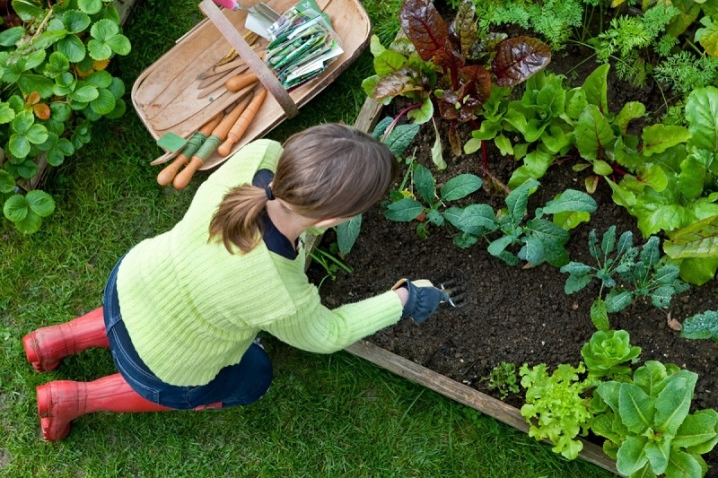













The comment was sent successfully.